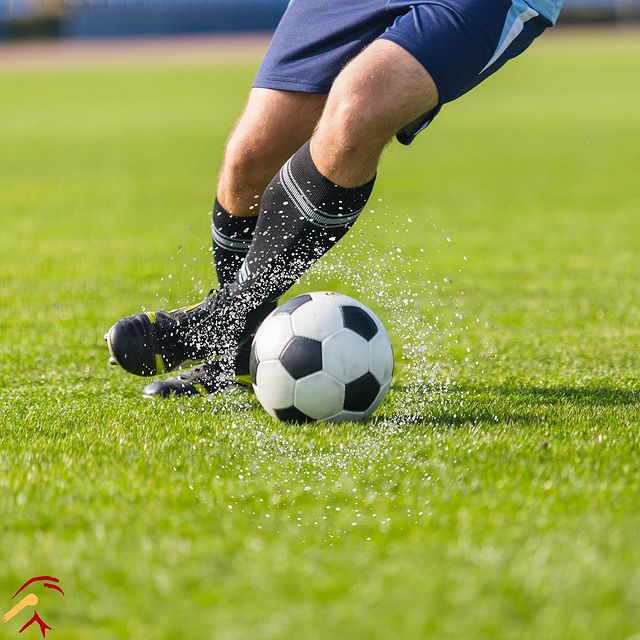As we all know, star Yankee rookie pitcher Masahiro Tanaka has been diagnosed with a torn Ulnar Collateral Ligament (UCL) in his elbow. Monday we will all hear if he will need surgery or not.
The one bright side to the news was that the three doctors who looked at Tanaka’s MRI said that it was only a partial tear, about 10% or so. These doctors all ruled in consensus that he should receive a platelet-rich plasma (PRP) injection, and that afterward he should start a throwing program that could potentially bring him back to the mound in six weeks if all goes well.
Dr. Steven Struhl’s input
According to Dr. Steven Struhl, MD, NYU Faculty Orthopedic Surgeon and Board Certified physician, “… it’s not a matter of whether they [PRP injections] work or not; it’s a matter of how much damage is too much damage to expect any non-surgical treatment, whether it be PRP or anything else (such as stem cell therapy) to be able to work. At some point the level of damage exceeds a nonsurgical solution. ….”
Since the damage to Tanaka’s UCL is less than 10%, PRP therapy was a valid consideration prior to UCL surgery.
Not just for professional athletes
You can potentially treat any part of the body that has a ligament, tendon or muscle tear with PRP. Sports oriented/active patients who do not want to settle for surgery and want to get back to the sports they enjoy can also benefit from PRP injections. They have been utilized for tendon injuries such as tennis elbow, golfer’s elbow, jumper’s knee and hamstring tendons. PRP can also be injected into muscles and is used sometimes to treat bursitis, meniscus tears, rotator cuff tear, ankle sprain and both hip and knee osteoarthritis.
PRP Therapy – Platelet Growth Factors
Platelets are a natural source of a myriad of growth factors in their natural and biologically-determined ratios. PRP is thought to promote physiological wound healing and rapid soft and hard tissue regeneration by delivering growth factors at high concentrations to the treated site.
PRP Medical Study published in the American Journal of Sports Medicine last July
METHODS: Thirty-four athletes with a partial-thickness UCL tear confirmed on MRI were prospectively followed. All patients had failed at least 2 months of non-operative treatment and an attempt to return to play. Each patient received a single type 1A PRP injection at the UCL under ultrasound guidance. The same treating physician at a single institution performed all injections with the same PRP preparation used. Patients completed a course of guided physical therapy and were allowed to return to play based on their symptoms and physical examination findings. Outcome scores, including KJOC and DASH scores, were collected after return to play and were compared with baseline scores. Ultrasound measurements were collected at final follow-up and compared with pre-injection values.
RESULTS: At an average follow-up of 70 weeks (range, 11-117 weeks), 30 of 34 athletes (88%) had returned to the same level of play without any complaints. The average time to return to play was 12 weeks (range, 10-15 weeks). One player had persistent UCL insufficiency and underwent ligament reconstruction at 31 weeks after injection.
CONCLUSION: The results of this study indicate that PRP is an effective option to successfully treat partial UCL tears of the elbow in athletes.
Dr. Steven Struhl convenient for New Yorkers
In the unfortunate case that you, or someone you know sustains an elbow, shoulder, or knee injury, and contemplating if PRP is for you, be sure to remember Dr. Steven Struhl, NYU Faculty Orthopedic Surgeon specializes in break through techniques with offices in both Westchester County and NYC.



